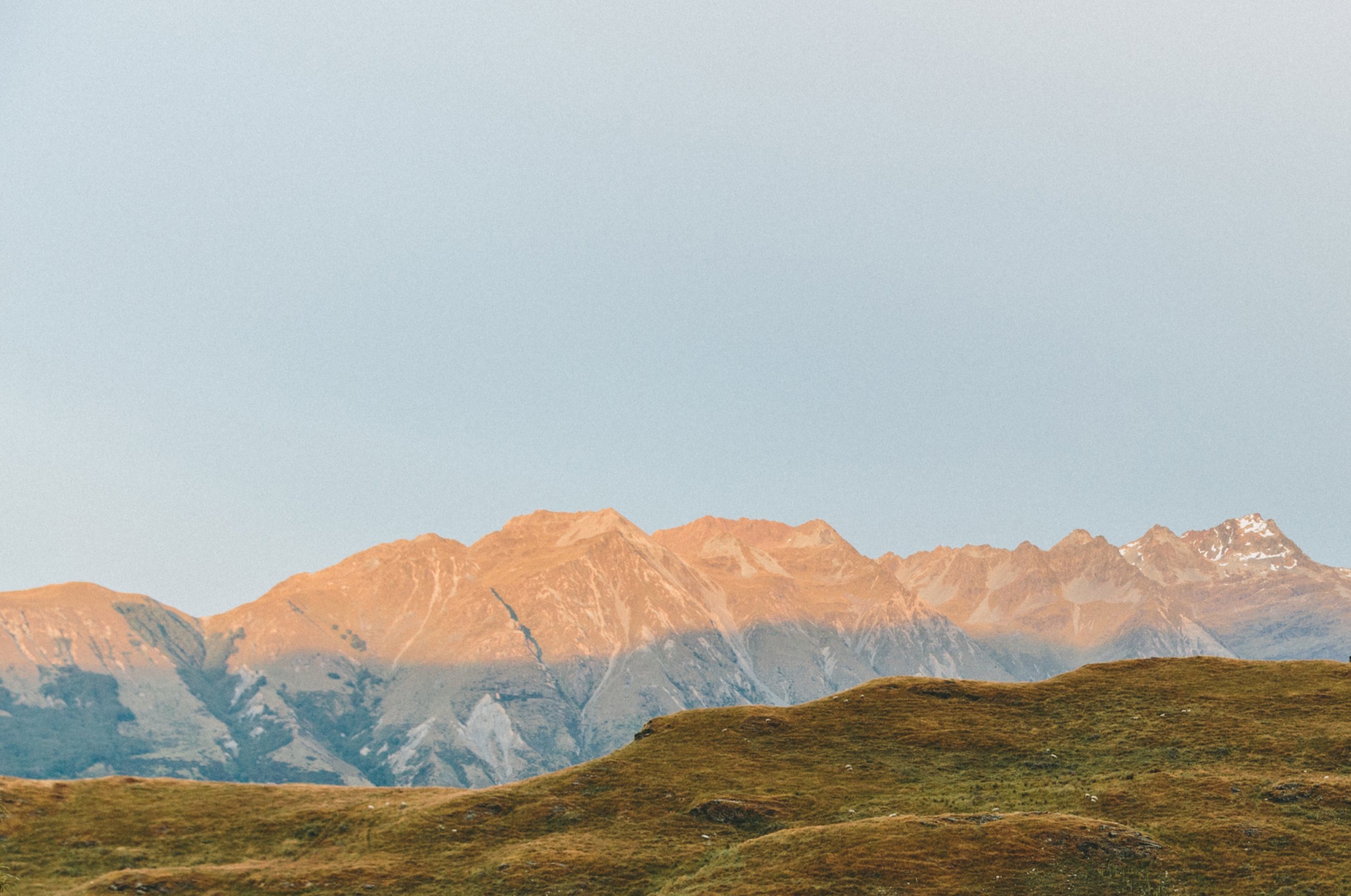Cashmere
Where Scotland and Mongolia merge
For centuries, Scottish adventurers and merchants have sailed the seven seas, forging international relations in their discovery of the finest raw ingredients, which were returned to our salty shores to be produced into premium products.
From the spices flavouring our whisky, to the wools with which we are now synonymous, our forefathers were the pioneers of luxury.
Continuing with this story, L Y N N E ’s love affair with Scottish textiles was born. While writing her second book Cashmere: A Guide To Scottish Luxury, she uncovered what she calls the “Holy Trinity of Scottish cashmere”. These are:
The Goat
The Water
The Artisan
The Goat
The story of Scottish cashmere starts thousands of miles away from our bonnie banks in the semi-nomadic pastorals of Mongolia.
High in the mountains, one of the world's finest materials can be found on indigenous goats. Although these incredible animals are covered with long fleece, the king of fibres is found only in very small quantities, averaging just 150-250 grams annually, from the chin and tummy of each goat. In this environment, temperatures fluctuate greatly, plummeting as low as -50 degrees. The goats are left to roam free, with only their natural growth of downy fleece, referred to as the duvet, for protection from the elements. This duvet keeps the animal cool in the heat of the day, and cosy at night as the mercury tumbles.
When spring arrives to melt away the snow, the goats begin to moult. Herdsmen and their families start the painstaking task of hand combing the precious under-fleece from their herd.
The combing season lasts three to four weeks, producing small amounts per goat. The fleece then makes its way to Scotland to undertake the transformation from its raw form to the wool we recognise in garments.
The Water
It’s here L Y N N E discovered Scotland’s good fortune. Our geographically soft water plays such an important process in the production of the wool making it inimitable without the presence of this key element. The rain we are so famous for really is heaven-sent when it comes to cashmere - because of course you can make cashmere anywhere on the planet. China creates beautiful cashmere, our Italian counterparts are masters at producing it, but what sets us apart from the rest of the world lies in the magic of our lochs. It’s why our whisky tastes so distinctive and has our seafood so sought-after globally.
Processing one of the finest natural fibres on the planet with our incredibly soft Scottish water is what gives our cashmere that whipped-cloud-to-the-touch handle, while remaining hard-wearing.
These fibres are plunged into gallons of gorgeous geographically soft Scottish water up to ten times in the cashmere process, before being transformed into a tactile product.
Combine that with over two centuries-worth of knitwear expertise, and it is completely comprehensible to see why every couture house has a Scottish cashmere manufacturer in their little black book.
So, although it is true that you can make cashmere anywhere on earth, what makes Scottish cashmere so superlative is the country's unique geographical components.
The Artisan
Since the I8th century, the traditions of weaving, warping, knitting and dying have been passed down from one generation of worker to the next.
Through the dizzy heights of the cashmere trade in the 19th century - where over one million pieces of hosiery were being produced to times of austerity - to when the industry declined as cheaper cashmere flooded the market, commitment to producing luxury garments that are made to last remained at the core of the Scottish textile industry.
It was that commitment that resonated with designers and customers alike as we headed into the 21st century, resurrecting the sleeping giant.
This artisanal intellectual property is woven into every ply, representing over 200 years of knowledge that is worth its weight in gold. Each craftsperson who handles the fabric is an expert in their field, many of them with decades worth of their own time invested in the processing of cashmere. All of this is felt in the finished product.
Every element elevates the quality, creating ethereal clothing with endurance.
Today, L Y N N E ’s artisans work across the British Isles: from Fair Isle to Guernsey, Hawick to Selkirk. They are the cultural custodians of hundreds of years worth of textile knowledge
between them.
